A Kickstarter project, To Catch the Rain is a book of inspiring stories of communities coming together to catch their own rain, along with the nitty-gritty details so that anyone can do it. It is a book for people looking to build a better future together. It includes:
- Inspiring stories: Real life accounts of catching rain in communities.
- Technical details: Straightforward descriptions of rainwater system parts, replete with examples from existing systems (many from the systems described in the stories).
- Math and science: Easy-to-follow math that allows readers to simply size rainwater systems, including completed examples.
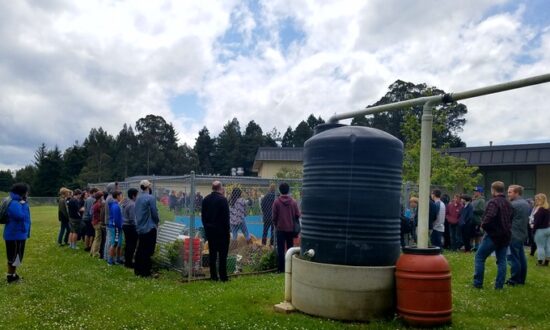

To Catch the Rain includes project details and images from dozens of Appropedia contributors. The Appropedia Foundation is a non-profit dedicated to “sharing knowledge to build rich, sustainable lives.” Up-to-date resource pages on Appropedia support each of the projects and resources in the book for long term follow-up. Some of the projects have been updated periodically online for over a decade!
Thanks to a special arrangement with the publisher, Humboldt State Press, all of the net proceeds from the book sales will go back into the book and to the Appropedia Foundation. In addition, the content is licensed open source, as Creative Commons, so you can share it however you like! The stories and resources are brought to life by author Lonny Grafman. Custom illustrations from Gabriel Krause illuminate some of the more complicated aspects of rainwater harvesting.
Currently, To Catch the Rain is a Kickstarter project that has reached its first goal of $7,000. The team needs your help to bring this book to a reality. The writing of the book is completed. Now additional funding is needed for the next phase of design, layout, printing, distribution, and translation of the book.
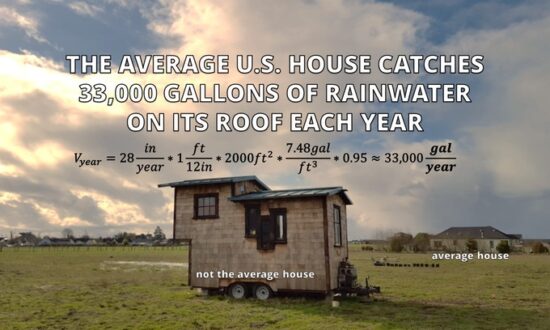
Audience
This book is for everyone, and is especially written for:
- Community members: Get inspired and take action. Learn from others building their own systems around the world. We have already received requests and sent pre-releases to people in Kenya, Tanzania, India, Mexico, Nepal, Dominican Republic, and the US.
- Makers: Find the DIY details ready to be adapted to your local and global projects. See how other makers solved their problems.
- Teachers: Use this in your Middle School, High School, and University courses. Provides context for education and practical experience to back up math, science, and social curriculum. Includes problem-sets to reinforce the knowledge in the book.
- Students: Rejoice in strong practical reasons to be learning. The real stories bring the math and technical details to life. The custom diagrams and pictures deepen the learning.
- Practivistas: Expand the resilience and impact of the idea that, instead of telling people what not to do, we can build better systems that people want to do.
- People looking for inspiration and follow-through.
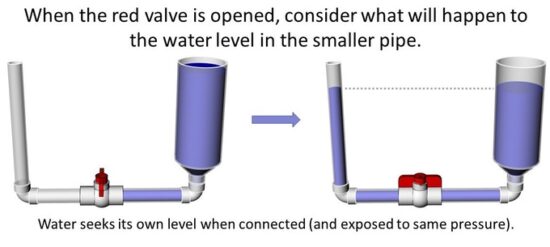
Stretch Goals for the Book
If the team reaches its 2x stretch goal of $14,000, it will extend the book tour and translate the book into Kiswahili and share of the work throughout Tanzania.
If the team reaches its 3x stretch goal of $21,000, author Lonny Grafman will immediately start working on the next book about small scale solar power.
There are about fifteen book concepts for this series. The series would be set up as five trilogies on important resources like water, energy, buildings, etc. Each book would weave together real stories, science, technology, math, and additional resources in order to inspire and provide the knowledge to take action with that inspiration. If this first book on rainwater harvesting is successful, expect the next book (possibly titled: To Catch the Sun) to come out the following year. Each book will take an iterative approach to learn from the feedback of the last book… using the same approaches that advance the projects in the books, to advance the books themselves.
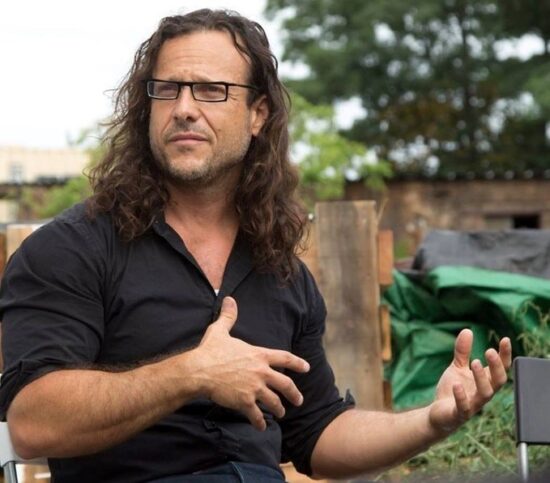
About the Author
Lonny Grafman is an instructor at Humboldt State University; the founder of the Practivistas Dominicana Program’s summer abroad, full immersion, and resilient community technology program; the advisor and project manager for Swale, the floating food forest in New York; and the President of the Appropedia Foundation. Lonny has developed courses at universities in four countries and facilitated engagements around the world. He has worked and led teams on hundreds of domestic and international projects across a broad spectrum of sustainable design and entrepreneurship – from solar energy to improved cook stoves, from micro-hydro to rainwater catchment, and from earthen construction to plastic bottle schoolrooms. Throughout all these technology projects, he has found the most vital component to be the communities themselves.

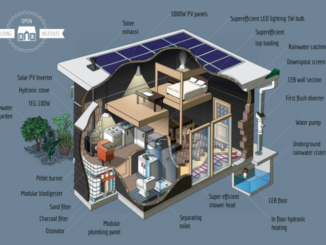
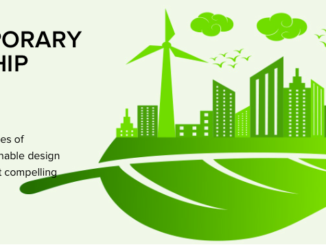
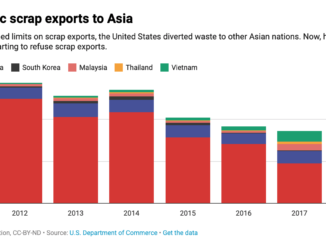
Be the first to comment